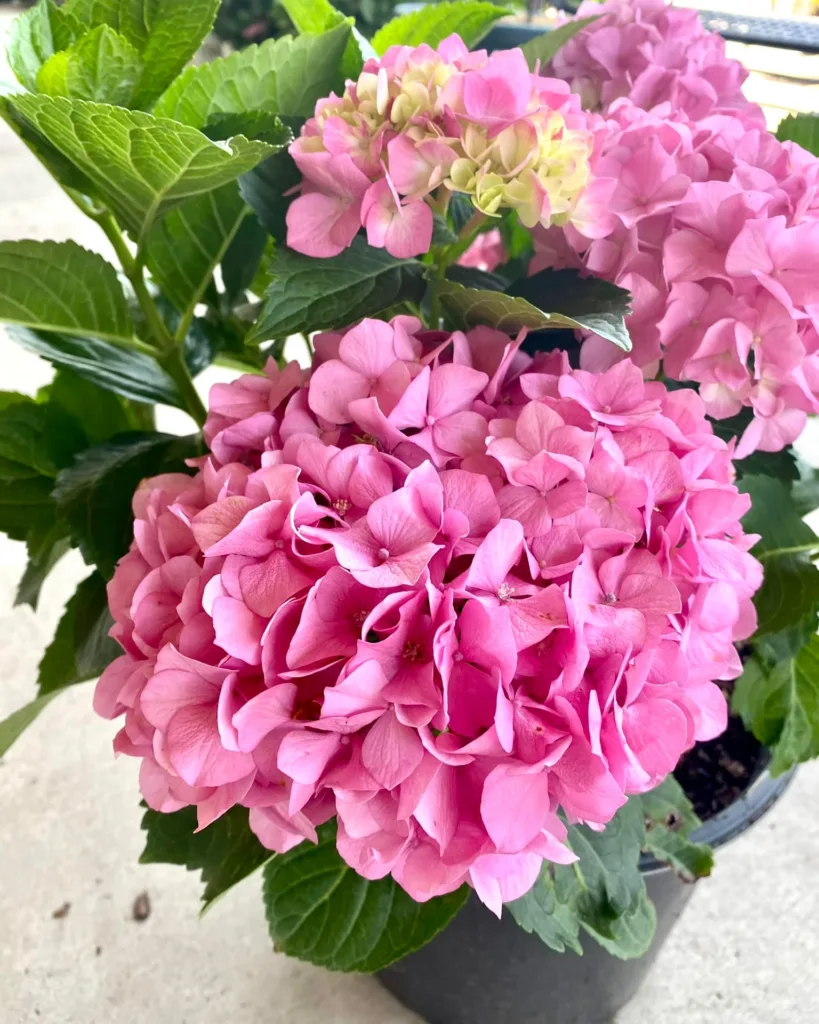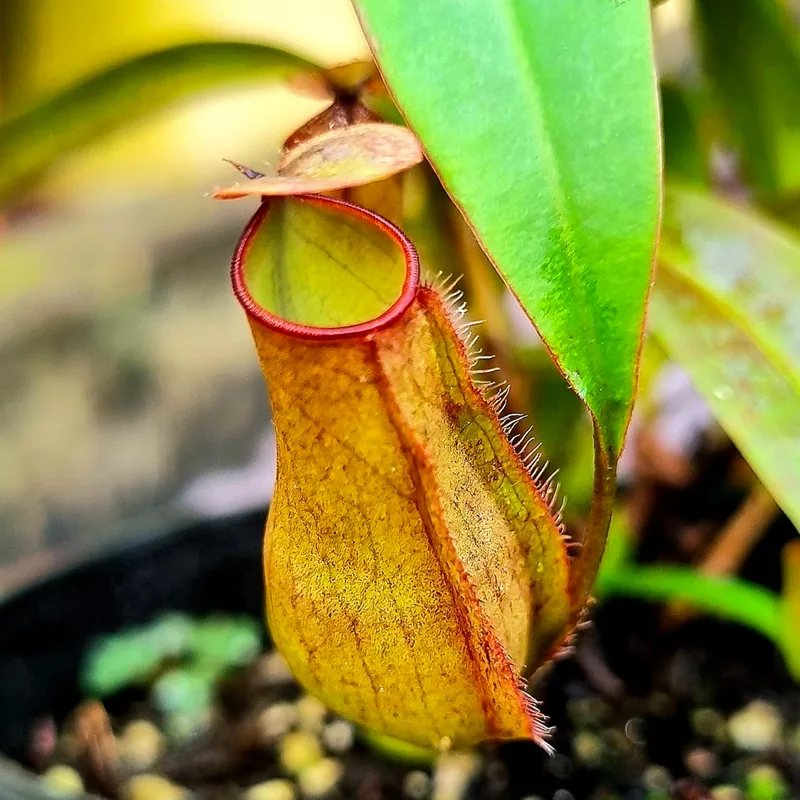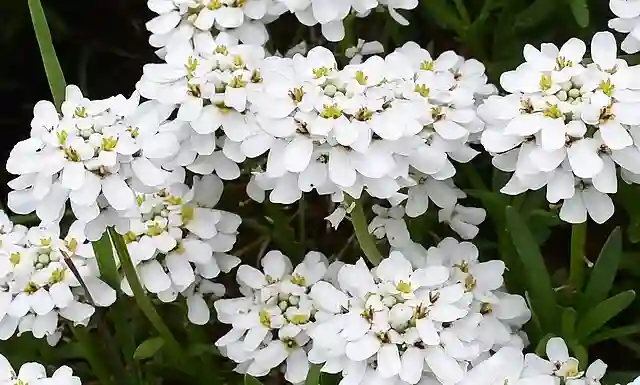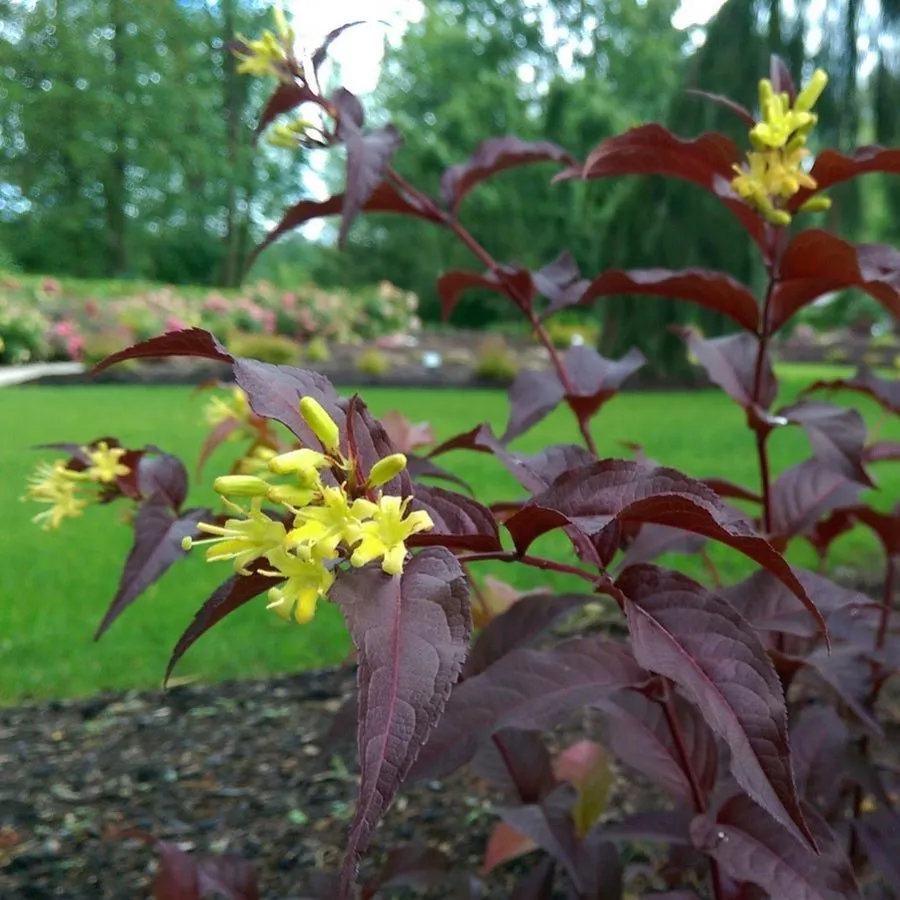The Achariaceae plant family is one that I’ve come to appreciate deeply. This group of flowering plants may not be the most well-known, but its diversity and adaptability fascinate me. What stands out to me most about Achariaceae is its range of genera and species, thriving in different climates and displaying unique growth habits. For anyone interested in botanics, this family offers a lot to explore.
Genera of Achariaceae
Achariaceae includes several genera, with about 31 of them distributed globally, especially in tropical and subtropical regions. A few genera in this family I’ve encountered include:
- Acharia Thunb.
- Ahernia Merr.
- Baileyoxylon C.T.White
- Buchnerodendron Gürke
- Caloncoba Gilg
- Camptostylus Gilg
- Carpotroche Endl.
- Ceratiosicyos Nees
- Chiangiodendron Wendt
- Chlorocarpa Alston
- Dasylepis Oliv.
- Eleutherandra Slooten
- Erythrospermum Lam.
- Grandidiera Jaub.
- Guthriea Bolus
- Gynocardia R.Br.
- Hydnocarpus Gaertn.
- Kiggelaria L.
- Kuhlmanniodendron Fiaschi & Groppo
- Lindackeria C.Presl
- Mayna Aubl.
- Pangium Reinw.
- Peterodendron Sleumer
- Poggea Gürke
- Prockiopsis Baill.
- Rawsonia Harv. & Sond.
- Ryparosa Blume
- Scaphocalyx Ridl.
- Scottellia Oliv.
- Trichadenia Thwaites
- Xylotheca Hochst.
Each of these genera has its own characteristics and appeal, which I’ll discuss further.
My Experience with Achariaceae Plants
I first got introduced to this family through the genus Hydnocarpus. Hydnocarpus is especially significant for its seeds, which have been used medicinally. In fact, Hydnocarpus wightiana seeds were once employed in traditional treatments for leprosy. That historical relevance caught my interest initially. Though I’m not growing Hydnocarpus in my collection, its contribution to medical history impressed me.
Another genus that fascinates me is Caloncoba. These shrubs and small trees are native to tropical Africa, and they’ve adapted well to their environment. The plants are visually stunning, with bold leaves and showy flowers. I’ve never had the chance to work with Caloncoba, but I appreciate the ornamental potential it offers in tropical gardens.
The Botanical Characteristics
Achariaceae plants typically have alternate, simple leaves, which vary from smooth to slightly rough depending on the species. One feature I find interesting is that many of these plants produce small, inconspicuous flowers, often giving them an understated appearance. The fruits, on the other hand, are often more noticeable and can range from berries to capsules.
In terms of growing conditions, many Achariaceae genera prefer warm, humid environments, which is why they are found predominantly in tropical areas. However, they’re hardy enough to tolerate a range of conditions, which makes them intriguing for cultivation, especially if you have a diverse garden. Achariaceae plants are generally low-maintenance, making them a good option for those of us who enjoy tropical plant aesthetics without the hassle of constant upkeep.
Importance and Uses
The economic and medicinal significance of some plants in the Achariaceae family is notable. As mentioned earlier, Hydnocarpus species were historically significant for their medicinal seeds. This medicinal legacy makes them important even today for ethnobotanical studies.
Another genus worth mentioning is Lindackeria. These plants are known for their seeds, which contain potent compounds. While not extensively studied, there’s ongoing research into their potential medicinal uses. For me, the idea that this family has untapped medicinal potential makes it even more exciting.
In a more practical sense, some Achariaceae species are cultivated for timber, although they are not as widespread in this industry compared to families like Fabaceae or Myrtaceae. Despite this, the hardiness and utility of some species in this family could make them valuable for specialized applications.
What Draws Me to Achariaceae?
What continues to draw me toward Achariaceae is its underdog status. In the plant world, certain families like Rosaceae or Fabaceae get most of the attention. Yet, families like Achariaceae, with their quiet usefulness and adaptability, deserve recognition. I appreciate that plants in this family often don’t demand center stage with flashy flowers or extravagant foliage
, but they contribute meaningfully in other ways—whether through their medicinal history, their ability to adapt to diverse conditions, or their ecological roles.
Take, for example, the genus Guthriea, which includes low-growing perennial plants native to South Africa. These plants thrive in rocky crevices, making them ideal for anyone who enjoys creating rock gardens. Although their flowers are small and unobtrusive, they have a certain charm, especially when nestled between rocks or in a wild garden setting. I admire plants like this because they embody resilience and subtle beauty, traits I often seek in plants for my own garden projects.
Ecological Impact
Achariaceae also has an interesting role in the ecosystems it inhabits. Many species in this family contribute to the food web by producing fruits that birds, insects, and other animals rely on for nourishment. For example, the fruits of Xylotheca species are often eaten by birds, which help in seed dispersal. This mutualistic relationship ensures that these plants continue to propagate in the wild, making them a crucial part of their native ecosystems.
Additionally, because of their adaptability, Achariaceae plants are often used in reforestation projects or to stabilize soils in tropical areas. Their root systems help prevent soil erosion, especially in areas prone to heavy rains or where the land has been degraded. Knowing that these plants can play a role in environmental restoration gives me a deeper respect for them, and it’s one reason I consider them for any landscape where I need both functionality and form.
Conclusion
The Achariaceae family may not always stand out in a world where tropical showstoppers like orchids or bromeliads grab the spotlight, but its plants have a quiet, enduring presence. From the historical significance of medicinal plants like Hydnocarpus to the ecological importance of genera like Xylotheca and Lindackeria, this family has a lot to offer. For those of us who appreciate plants that are both practical and ornamental, Achariaceae is worth exploring.
In my own gardening journey, I’ve learned that it’s not always the most popular or showy plants that make the biggest impact. Sometimes, it’s the ones with a rich history, strong ecological ties, or unexpected resilience that leave the most lasting impression. That’s why I find myself drawn to Achariaceae and why I believe it’s a family of plants that deserves more attention. Whether for their medicinal properties, their adaptability, or their understated beauty, Achariaceae plants have secured a special place in my gardening repertoire.
If i die, water my plants!



